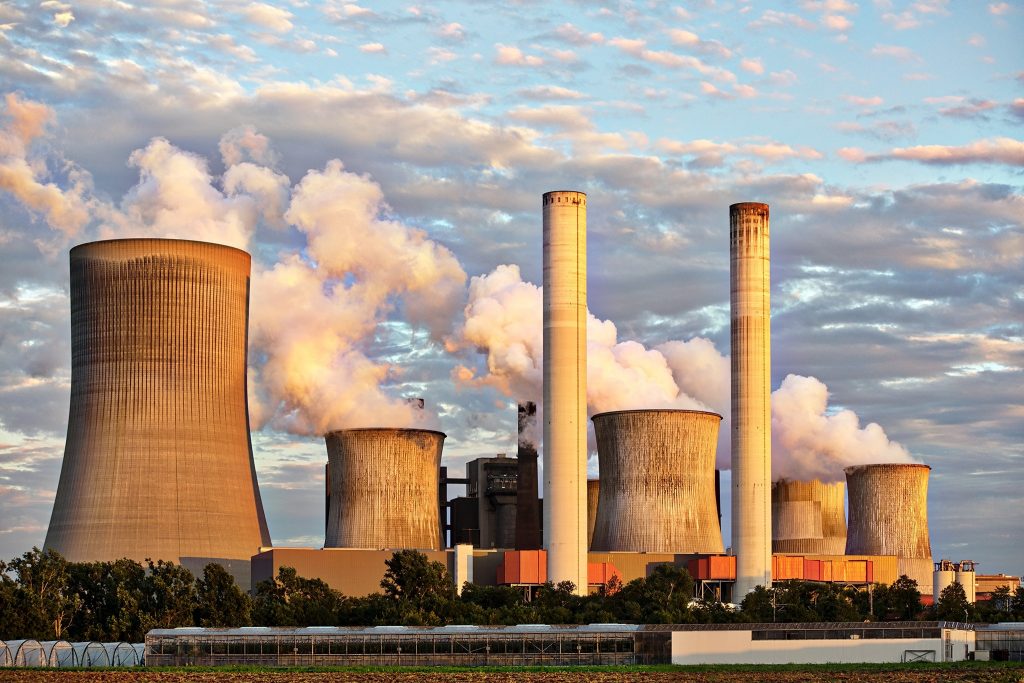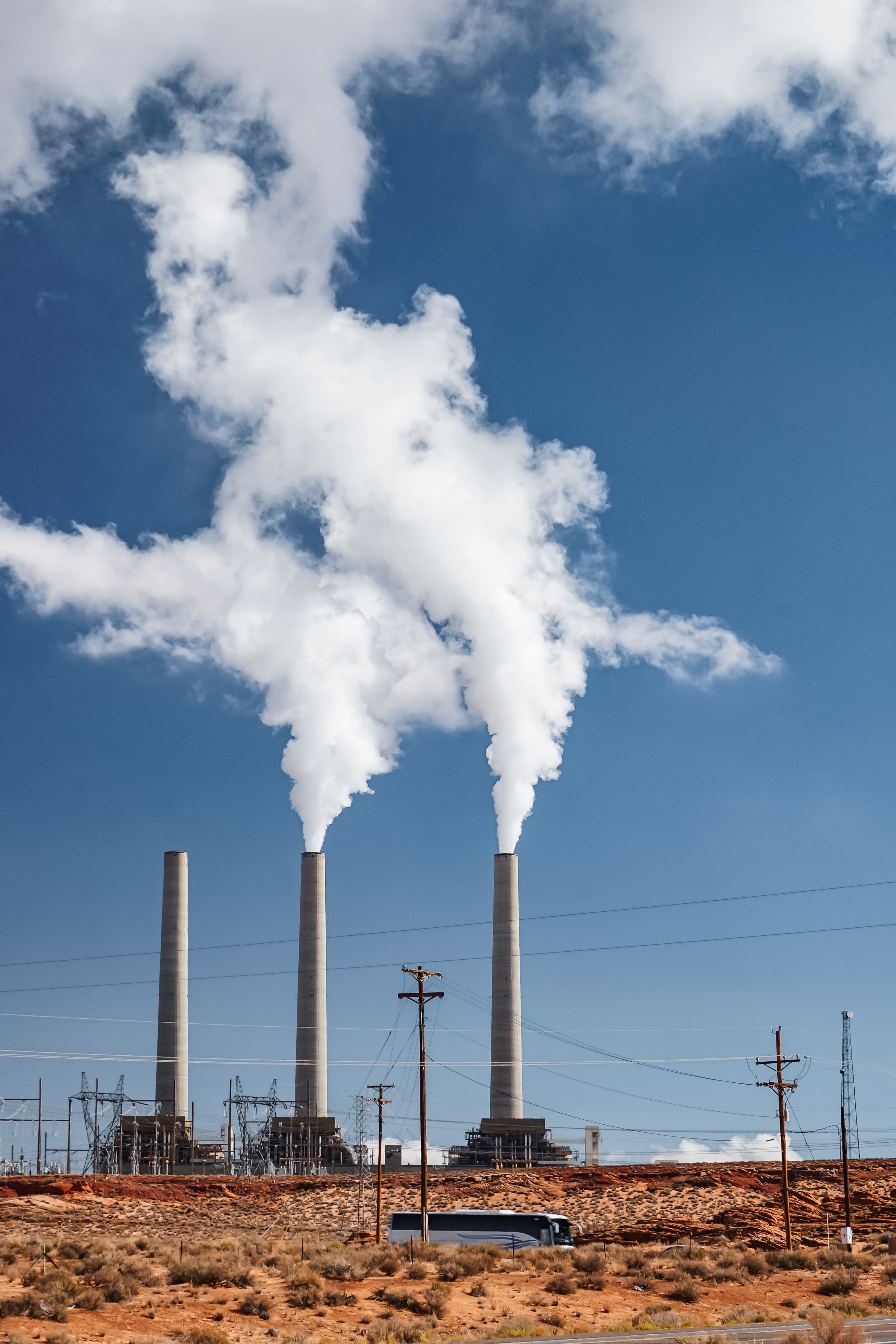
In this article, we are going to compare the differences and similarities of two types of Superplasticizer – NSF (naphthalene sulfonate formaldehyde) and PCE (Polycarboxylate ester) – in fresh cement paste systems, in terms of adsorption, dynamic yield strength, and index. Thyrotrophic. That will help to increase your knowledge about it. According to a research report of different researchers it was shown that with the addition of NSF or PCE, the more Superplasticizer is added, the more it is adsorbed and the more it remains in the pore interstitial solution. The dynamic elastic limit and the thyrotrophic index also decrease with the increasing addition of the amount of one or other of the Superplasticizer. However, NSF is less effective in lowering the dynamic yield strength than PCE. More importantly, the decreasing models of dynamic elastic limit and the Thixotropy index are different from the additions of NSF and PCE; this is related to the adsorption and dispersion mechanisms of these two types of Superplasticizer.
In order to increase the flow capacity to a relatively low W / C ratio, modern concrete requires a high-grade water reducer mixture (HRWRA). It has been an integral part of high performance, self-alignment, fiber reinforced concrete, and many more.
Naphthalene sulfonate formaldehyde (NSF) polycondensate is a linear polymer, while Polycarboxylate ether (PCE) has comb copolymers with an adsorbent structure and non-absorbent side chains. Both are known to adsorb onto cement particles or agglomerates, thus dispersing the cement particles/agglomerates and increasing flow capacity.
It should be noted that some studies indicate that PCE is more stable and less affected by the rapid formation of gypsum at the beginning of hydration. In practice today, the delayed addition of Superplasticizer is a commonly applied protocol in the construction field.
Flowability and yield strength are important, as is Thixotropy, which has attracted much attention in theological studies. Highly thyrotrophic materials, such as the addition of nano clay, are desirable in many applications, for example in SCC and 3D printing. Thixotropy is related to the difference between the static and dynamic elastic limit: the greater the Thixotropy, the greater the difference. For SCC, the dynamic yield point is preferably low for pumping, while the static yield point is high for lower form pressure. In 3D printing, highly thyrotrophic materials can be easily extruded and can retain their shape after printing
If you would like to know more and get exclusive services, do visit 3D Resources, which is located in Selangor, Malaysia.



